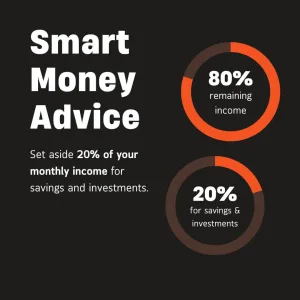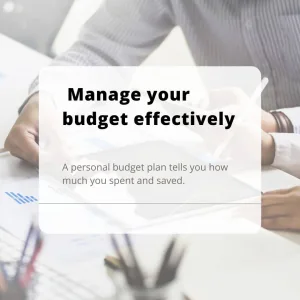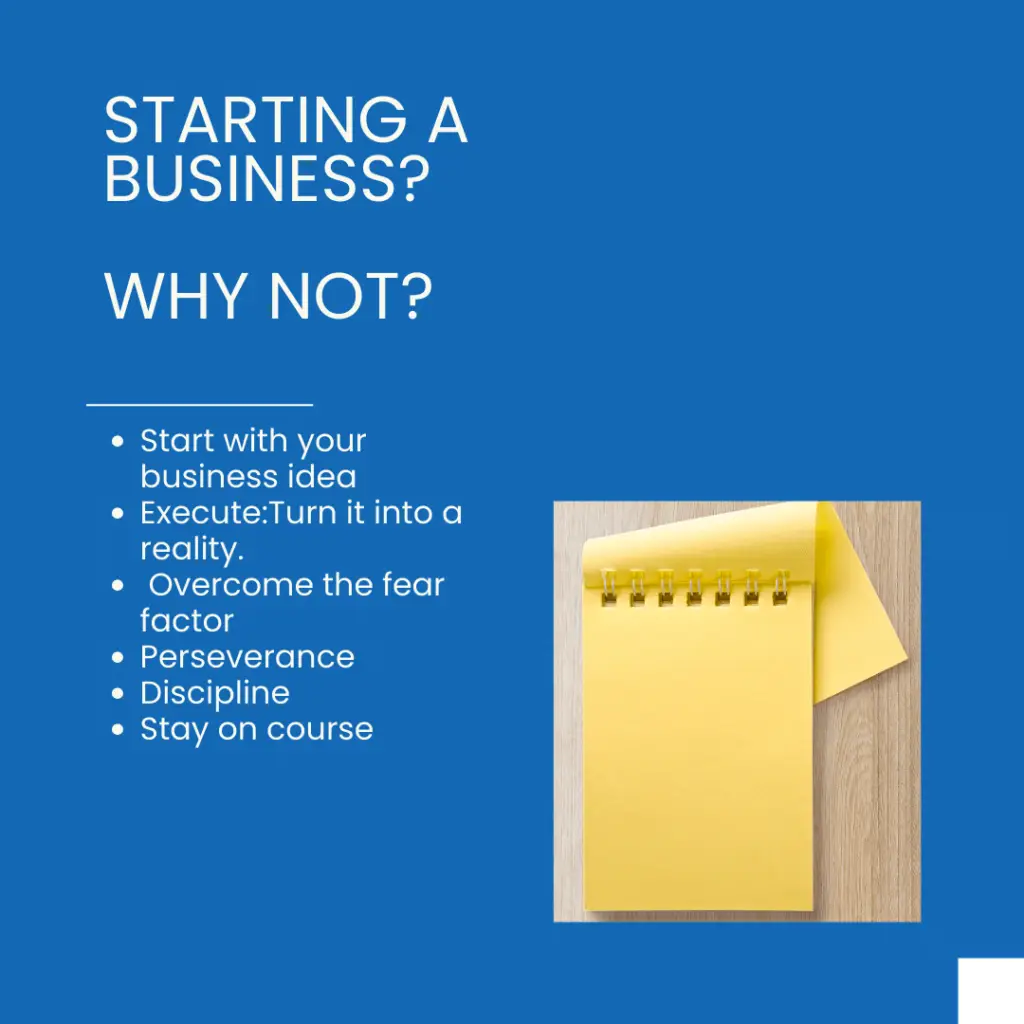Budgeting 101: Take Control of Your Finances
A comprehensive guide to creating a personalized budget that empowers your financial future

Inflation is hitting you hard...right? You're not alone my friend. In today's economic environment, getting the most from your money is more important than ever. Prices keep rising and with competing demands, you become overwhelmed and unsure where all your hard-earned money goes.
This enhanced "Budgeting 101" guide is designed for beginners and young adults ready to take charge of their finances. We'll provide actionable strategies, tools, and insights to help you build a budget that works for your lifestyle.
Why Budgeting is Essential
Budgeting is not meant to restrict you but an approach that actually helps you. It's a powerful tool that empowers you to make informed financial decisions and helps you to achieve your long-term financial goals.
Financial Control
You should know exactly where your money goes. It helps you identify areas to cut back on and to free up funds for your priorities.
Debt Reduction
A well-defined budget allows you to allocate more money towards debt repayment, helping you become debt-free faster.
Savings Growth
Budgeting helps you prioritize savings goals, whether for a down payment, dream vacation, or secure retirement.
Peace of Mind
Financial clarity reduces stress and anxiety, allowing you to enjoy life fully.
Budgeting Impact Statistics
Research shows that people who budget consistently:
- Are 3x more likely to have emergency savings
- Reduce financial stress by 45% on average
- Pay off debt 25% faster than non-budgeters
- Reach financial goals 40% more often
Core Components of a Budget

Every effective budget consists of these essential building blocks:
Income
All sources of money coming in:
- Primary employment
- Side hustles
- Investment returns
- Other income sources
Fixed Expenses
Regular, predictable costs:
- Housing (rent/mortgage)
- Utilities
- Transportation
- Insurance premiums
Variable Expenses
Costs that fluctuate monthly:
- Groceries & dining
- Entertainment
- Clothing
- Personal spending
Financial Goals
Where you direct surplus funds:
- Emergency fund
- Debt repayment
- Savings goals
- Investments
Pro Tip: Track Before You Budget
Before creating your first budget, track all spending for 30 days. This reveals your actual spending patterns rather than what you think you spend. Use a simple notebook, spreadsheet, or app to record every purchase—no matter how small.
Choosing Your Budgeting Method
Different approaches work for different personalities and financial situations. Here's a comparison of the most effective budgeting methods:
| Method | How It Works | Best For | Complexity |
|---|---|---|---|
| 50/30/20 Rule | 50% needs, 30% wants, 20% savings/debt | Beginners, simplicity seekers | ★☆☆☆☆ |
| Zero-Based Budgeting | Every dollar assigned a purpose | Detail-oriented planners | ★★★☆☆ |
| Envelope System | Cash in envelopes for categories | Overspenders, visual learners | ★★☆☆☆ |
| Pay Yourself First | Save before spending anything | Savers, investment-focused | ★☆☆☆☆ |
| Value-Based Budgeting | Spend according to personal values | Mindful spenders | ★★☆☆☆ |
Find Your Budgeting Style
Answer these questions to discover which method might work best for you:
Based on your answers: The 50/30/20 method might be a great fit!
Creating Your Personalized Budget

Now, let's build your budget step-by-step. Follow this process to create a personalized financial plan:
1 Gather Information
Collect bank statements, pay stubs, bills, and receipts. Use at least 3 months of data for accuracy.
2 Calculate Income
Determine your average monthly take-home pay after taxes. Include all reliable income sources.
3 Categorize Expenses
Group expenses into meaningful categories. Start with these essential groups and customize as needed.
4 Choose Allocation
Assign percentages to each category based on your chosen budgeting method and financial priorities.
5 Set Realistic Targets
Create achievable spending limits for each category. Be honest about your spending habits.
6 Automate Finances
Set up automatic transfers for savings and bill payments to ensure consistency.
The Budget Review Cycle
Your first budget is just a starting point. Implement this review cycle for continuous improvement:
- Daily: Track expenses as they happen
- Weekly: Check category balances
- Monthly: Review entire budget performance
- Quarterly: Adjust for life changes
- Annually: Set new financial goals
Budgeting Tools & Resources

Leverage these tools to simplify your budgeting process and increase your success rate:
Budgeting Apps
Mint
Free app with automatic transaction tracking and budgeting features.
YNAB
Zero-based budgeting with excellent educational resources.
PocketGuard
Simplified budgeting focused on "money left to spend".
Quicken
Comprehensive financial management with investment tracking.
Templates & Spreadsheets
Google Sheets
Free customizable budget templates with automatic calculations.
Microsoft Excel
Advanced budget templates with visualization tools.
Printable PDFs
For those who prefer pen-and-paper budgeting.
App Selection Guide
When choosing a budgeting tool, consider:
- Cost: Free vs. premium features
- Automation: Bank connectivity options
- Reporting: Visualizations and insights
- Platform: Mobile vs. desktop access
- Education: Learning resources provided
Overcoming Budgeting Challenges
Budgeting obstacles are normal. Here's how to navigate common challenges:
Unexpected Expenses
Solution: Build an emergency fund gradually. Start with a $500 goal, then work toward 3-6 months of expenses.
Overspending Temptation
Solution: Implement a "24-hour rule" for non-essential purchases. Use cash for discretionary categories.
Budget Fatigue
Solution: Schedule budget-free days each month. Automate as much as possible to reduce decision fatigue.
Irregular Income
Solution: Base your budget on your lowest-earning month. Use surplus months to build buffer categories.
Real People, Real Solutions
Maria, 28: "I struggled with impulse purchases until I created a 'fun money' category. Now I guiltlessly spend whatever is in that envelope each month."
James, 32: "Budgeting felt restrictive until I framed it as 'giving every dollar a purpose.' Now I feel empowered rather than limited."
Maintaining Your Budget Long-Term
Budgeting is a journey, not a destination. Implement these strategies for sustainable success:
Schedule Reviews
Set recurring calendar reminders for budget check-ins. Monthly reviews prevent small issues from becoming big problems.
Celebrate Milestones
Acknowledge achievements like paying off a credit card or reaching a savings goal. Small rewards reinforce positive behavior.
Seasonal Adjustments
Anticipate annual patterns like holiday spending, vacations, or tax season. Create specific savings categories for these events.
Accountability Partners
Share your goals with a trusted friend or join an online budgeting community for support and motivation.
Take Action: Start Today!
Budgeting empowers you to make informed financial decisions and achieve your financial goals. Follow the steps outlined in this guide, you can take charge of your finances and build a secure future.
Ready to Transform Your Finances?
Take the first step toward financial freedom today. Explore the incredible value of compound interest in making your money work for you.
Compound Interest CalculatorJoin thousands who have taken control of their financial future
Your Next Steps
- Today: Track all spending for the next 24 hours
- This week: Gather your financial documents
- By month end: Create your first budget draft
- In 3 months: Review and refine your system

